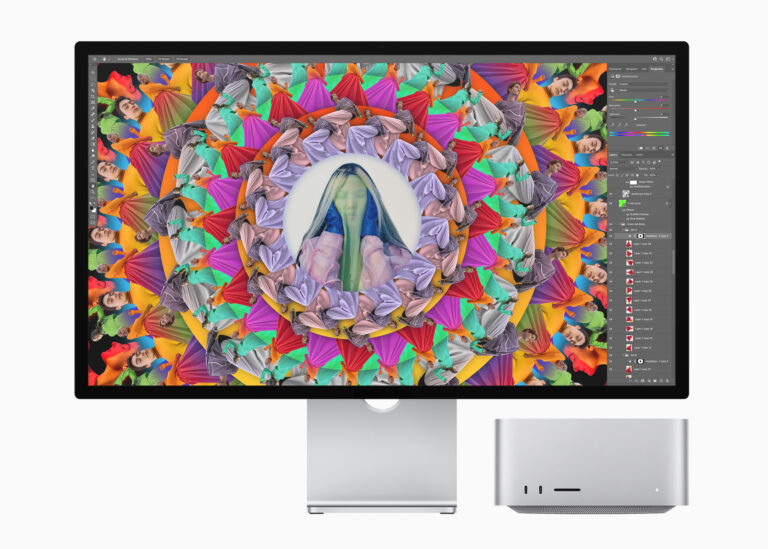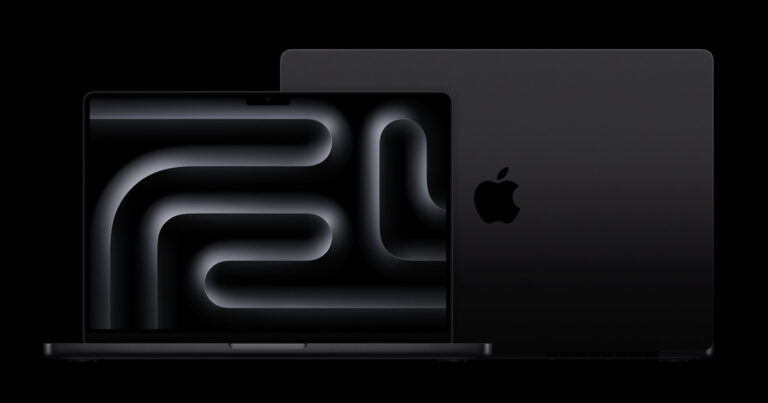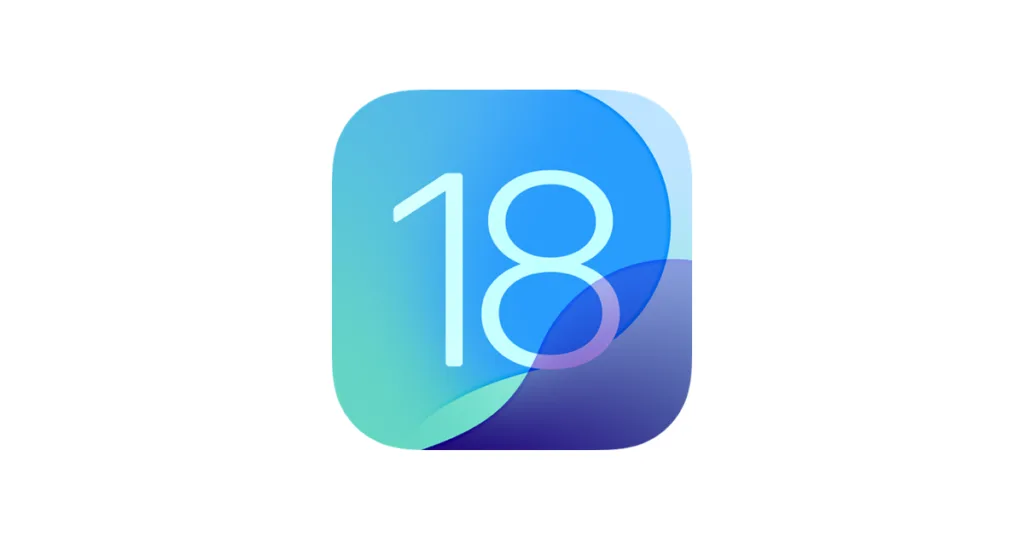Pricing: From $11999
What is it? Desktop computer
The Mac Pro, as its name suggests, is Apple’s premier pitch towards creative professionals – or at least, that’s the idea here. It’s Apple’s last true “desktop” style computer, coming in a case design that always gets compared to a cheese grater – because it looks like a massive cheese grater – and it’s notable as being Apple’s most internally upgradeable Mac. You’re still talking Apple Silicon at its beating heart and, in the case of the Mac Pro at the time of writing an Apple M2 Ultra chip.
Like the Mac Studio, Apple’s taken its sweet time providing upgraded models of the Mac Pro, though that does match with the history of how it’s produced Mac Pro variants over time.They’re nearly always the last to see new processor generations, and the smart money (and rumours) suggest that when the next Mac Pro upgrade comes down from on high – or in this case, from Cupertino, where Apple is headquartered – it’ll ship with an M4 Ultra chip.
Until that time, the M2 Ultra is where it’s at, with either a 24-core CPU/60-core GPU or 24-core CPU/76-core GPU arrangement, paired up with 64GB, 128GB or 192GB of unified memory. On the storage side, you’re starting at 1TB (this is a Pro machine) all the way up to 8TB. All of this is integrated, because this is an Apple Silicon machine (as we explained in the introduction).
What you can do with a Mac Pro that doesn’t exist for any other Mac is use MacOS compliant PCIe cards for expansion purposes. There are some limitations around what’s actually supported by MacOS in this regard though. It really is one of those situations where if you know what you need and you’ve been using it already, you’re probably quite au fait with all of this.
The Mac Pro is not cheap in any sense of the word – even more expensive if you want its rack mount variant – and like the Mac Studio, it’s total overkill for everyday work. Also like the Mac Studio, it’s somewhat expected that we might see a new model in early to mid-2025.















